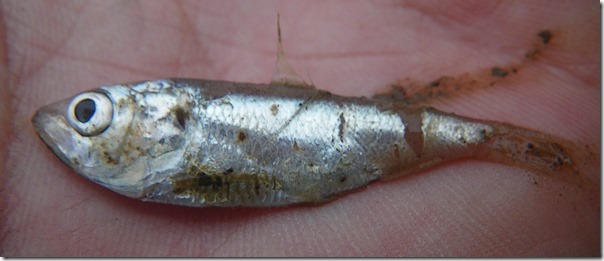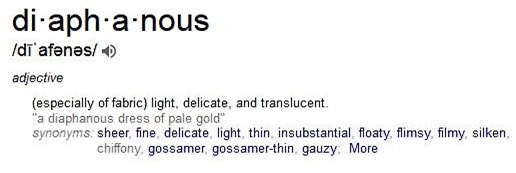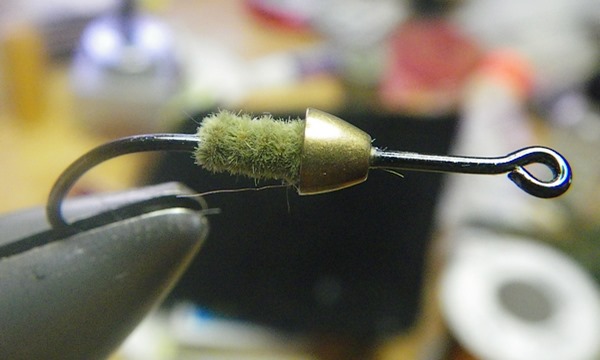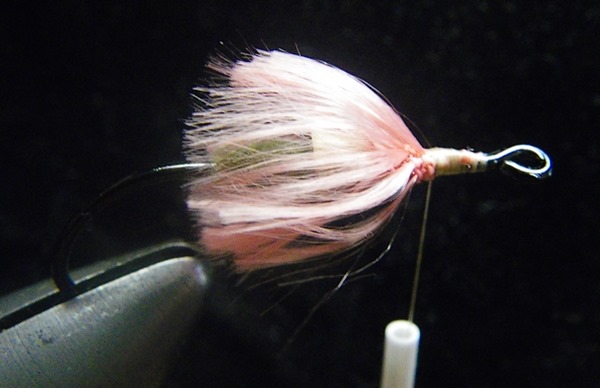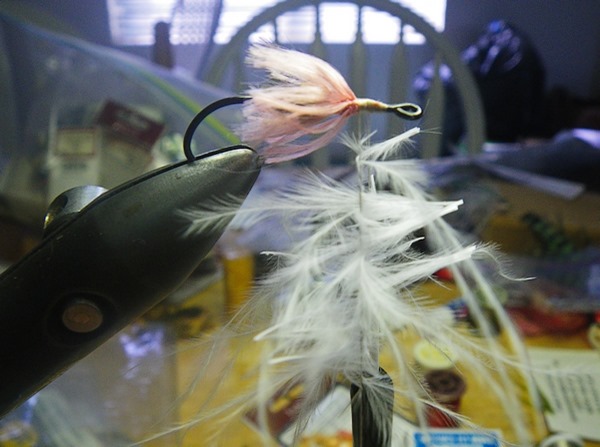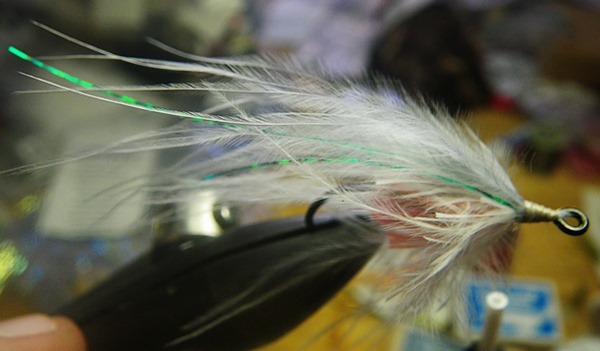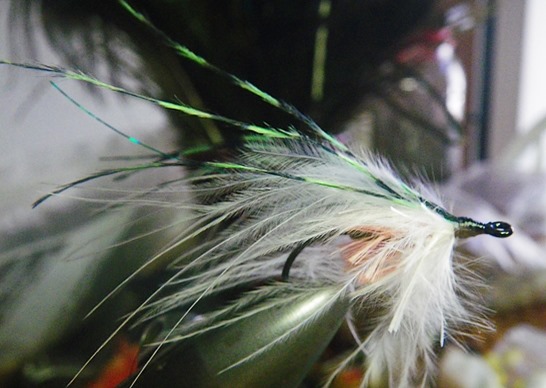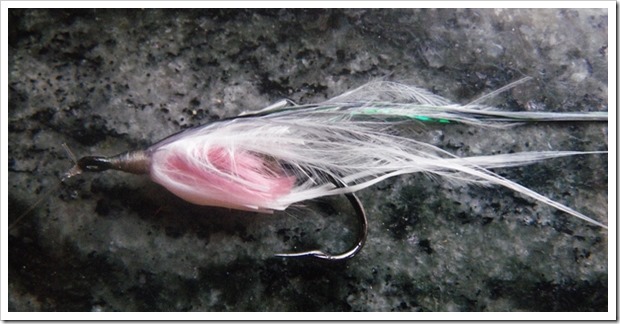Took a pre-dawn run up to Berryessa again this week, just to fiddle with a few things and survey the damage from the Wragg Fire. This area is fairly important to the San Francisco Bay area, as it contains Putah Creek , the closest trout stream to the hordes of anglers living in the City.
I don’t fish it much as the Lake has my full attention, and the mile or two of creek open to the public is overrun with anglers even on weekdays. As it is home to New Zealand Mud Snails, I cut a wide berth just to avoid inadvertently tracking the little pests into the pristine unclean of my local watershed.
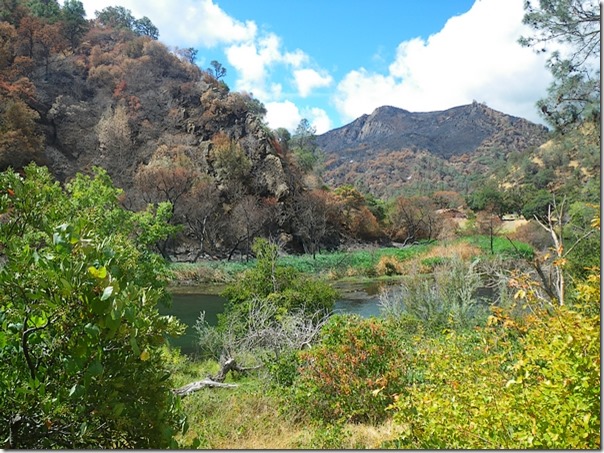
The Wragg Fire burnt everything west of Putah Creek and Lake Berryessa proper. Those of you familiar with the area probably remember the Butts Fire (2014) burnt everything east of the creek, so the entire watershed has now been mown clean.
The picture above shows the creek just below the Canyon Creek Resort stretch. All the visible slopes have been burnt over, and the foliage is turning color as the trees die from the fire that swept through their understory enroute to the crest.
Dense timber typically burns quite a bit hotter and vaporizes both grass and trees, some of that can be seen down near the creek as well as the ridges above – like the dark patch on the ridgeline to the right, above.
Winter rains coupled with little remaining vegetation can push a significant amount of sediment into the creek, as there’s nothing to hold it in place on the slopes above. With both sides burnt over, and the rumor of a drought breaking El Nino effect possible this winter, the creek may be in for a slug of sediment.
Warm as Bathwater
Lake Berryessa proper is as warm as bath water. This being the tail end of August and the temperatures running fairly constant 90’s, any bite on the lake is short lived, but the lure picking has made up for the lack of fish, and each trip yields a pocket full of treasures.
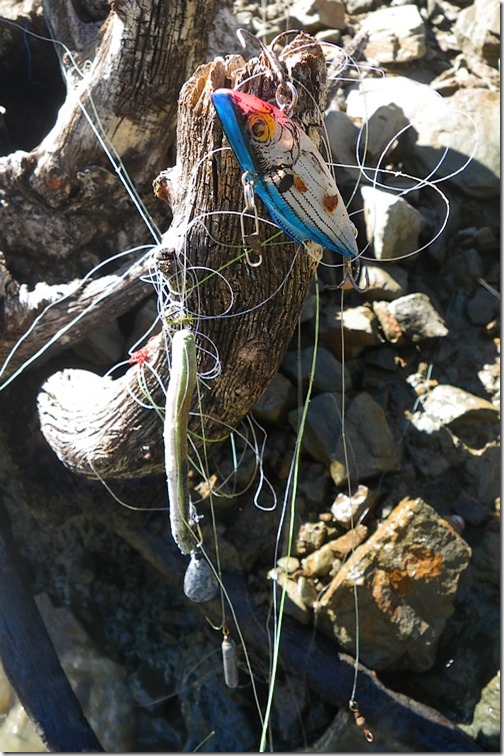
This is typical of what I’m stumbling across. Hip boots give me an edge over the beer drinking bank crowd, as their eyes start to defocus after 10AM, and us sober types can edge them out with our ninja-like dumpster diving skills.
It’s akin to swiping golf balls off the golf course, instinctively you’re tensing up waiting to hear some fellow claim, “I just lost that, it’s mine!”
Despite the warm water and sputtering bite, pre-dawn is always worth a few fish. I am still fishing 20-30 foot deep, as the fish are preferring the colder temperatures that come with depth rather than panting in tepid near the surface.
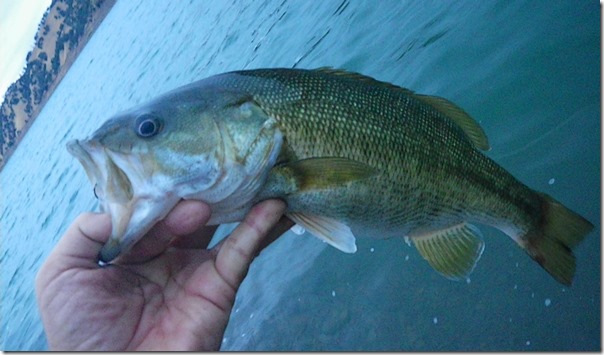
I have been working on an amalgamation of fishing types to score consistently, something I’ll reveal once I get a few patterns refined better than they are now. Note the low light of the above picture, as most of the fish are coming between 6AM – 8AM, and when the light is on the water, the bite dies promptly.
I did manage to find a model forage fish for me to duplicate. A bit worse for wear, but it looks like a Shad (Threadfin?) of some type. Most the surface activity tends to be on the Northern side of points extending into the lake, and to stand and watch will reveal schools of bait and bass taking advantage of their density.
Once full daylight is on the water and the party barges and ski boats launch, the waves from their wakes will raise plumes of mud in the water off these selfsame points of land. The bait head for the discolored water as the predators can no longer see them distinctly. It’s akin to fighter planes using clouds for cover.
While streams and their ecology seem easier to catalog, I find the same skills in observation and the frequency of visitation are just as useful teasing the lifecycles of larger water. Come Spring, when the bite lasts all morning, it’ll be important to note those cloudy plumes hold the forage fish, and pulling a marabou streamer out of the dirty water and into view … should yield big benefits.
… and if it doesn’t, we’ll continue to add to our lure collection …

